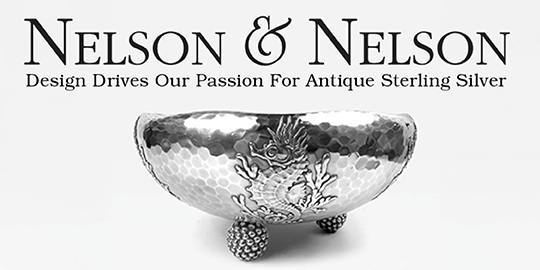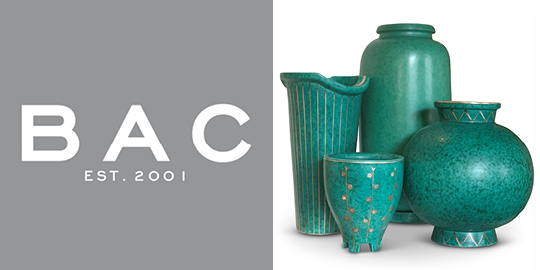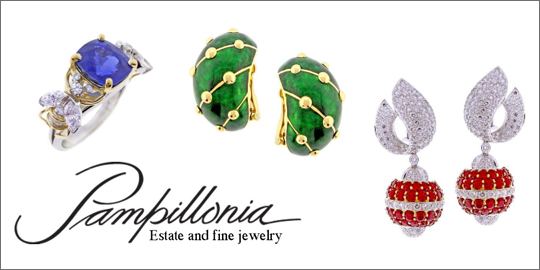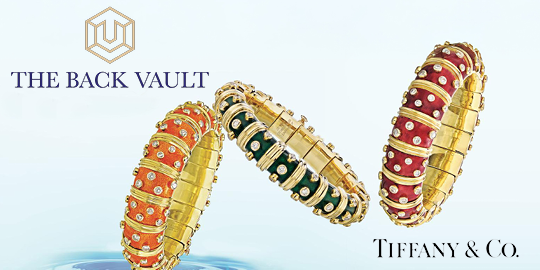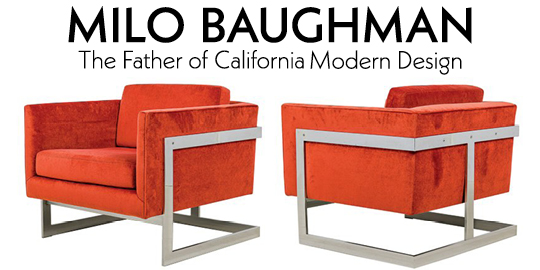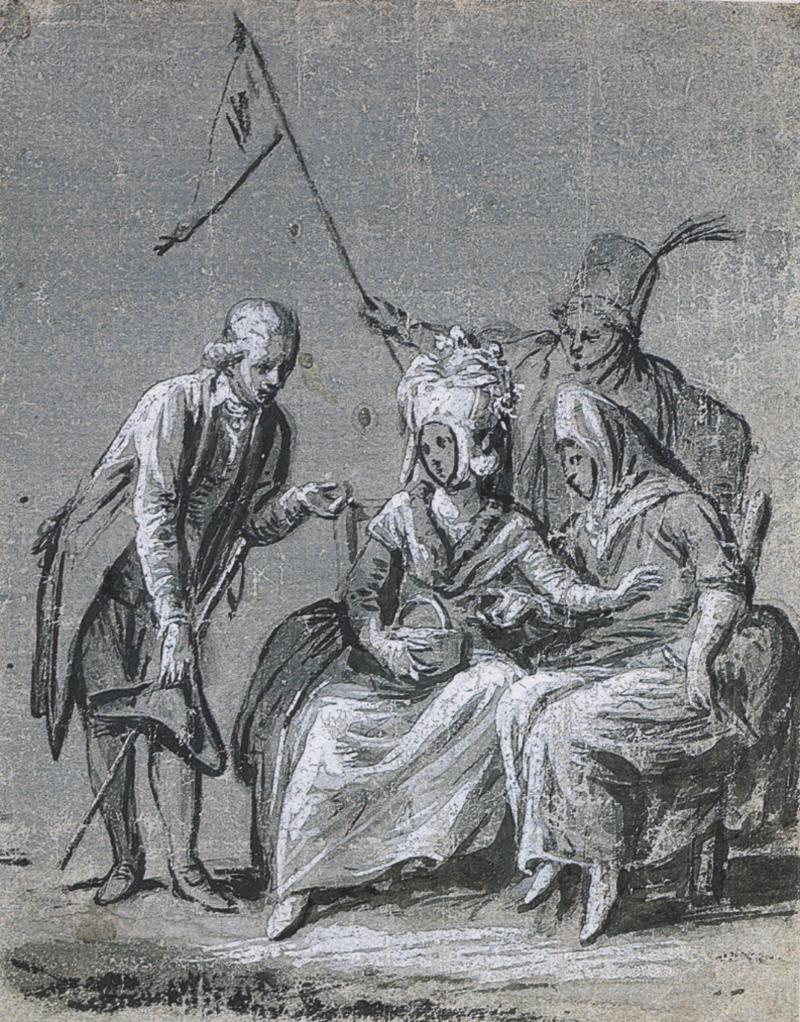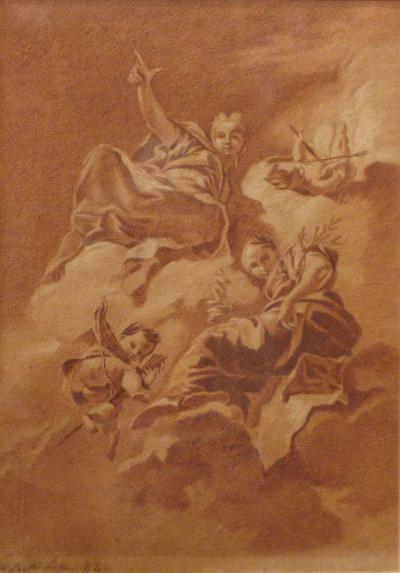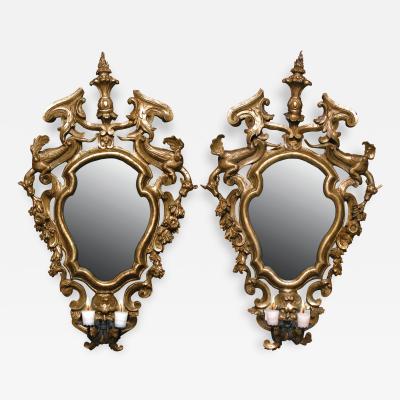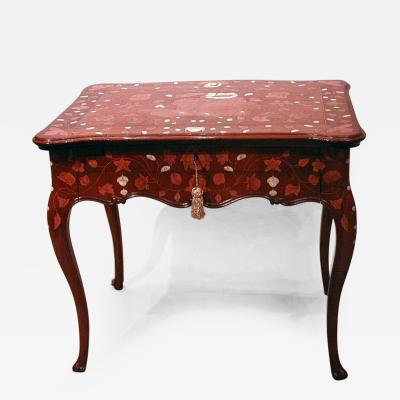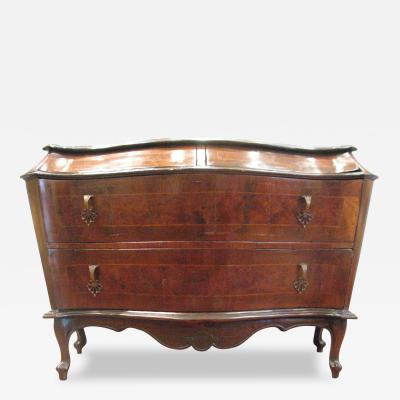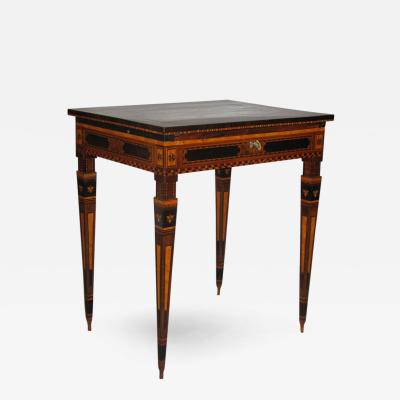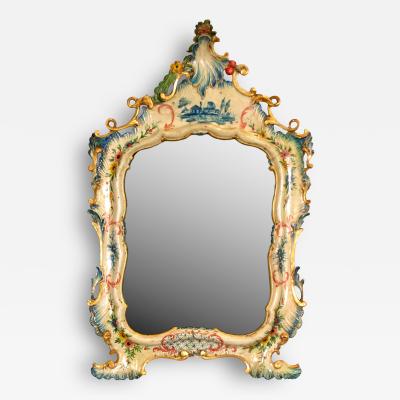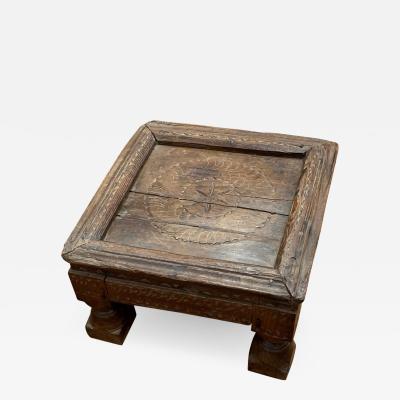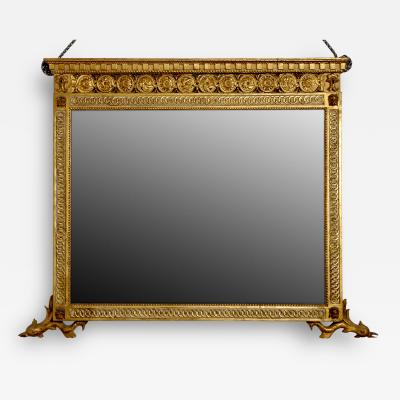Gentleman Standing beside Two Seated Ladies and Servant
-
Description
Born into a well-known Venetian family of artists, remembered mostly for their engravings, Antonio Zucchi worked primarily as a painter. After his initial training with Francesco Fontebasso, Zucchi became a pupil of Jacopo Amigoni, who most strongly influenced his early style. Indeed, Amigonian hallmarks, such as hazy coloring, characterize Antonio’s early work, yet the distinct presence of Francesco Guardi’s innovations is also evident. After his election in 1756 to Venice’s Accadèmia di Pittura e Scultora, Zucchi developed a more academic style with more figural plasticity. After 1759, his work also took on a distinctly Neoclassical feel after accompanying Robert Adam and Charles-Louis Clérisseau on several study trips to Dalmatia, Naples and Rome, where he settled. In 1766, at the beckoning of Adam, Zucchi traveled to London, staying for nearly two decades. During this period, he exhibited his work, assisted Adam in the decoration of several grand houses, and was eventually elected to the Royal Academy. While in London, Zucchi also married the painter, Angelica Kauffman, with whom he returned to Rome after 1784. His final years were spent administering the sizable family fortune, and he only rarely painted.
Formerly attributed to Jean-Baptiste Le Prince, this drawing is technically characteristic of Zucchi’s work as a draftsman, especially the means by which he renders figural plasticity. While the majority of Zucchi’s extant work is drawn in a strongly neoclassical style, this piece appears to be a rare example of his Venetian production, probably dating between 1756, when he was elected to the Academy, and 1759, when he left Venice. The sheet of blue paper with gray preparation is typically Venetian, and the subject is reminiscent of Pietro Longhi’s interior scenes. The costumes depicted seem to confirm the approximate date of this drawing to the third quarter of the eighteenth century. However, two drawings by Zucchi, a Group of Gentlemen and a Family Group, both “conversation pieces” in the English style, are closely related in style and technique to our sheet, yet date the artist’s London period in the 1770s (see Antonio Morassi, ed., Disegni veneti del settecento nella collezione Paul Wallraf, Venice, 1959, p. 77, nos. 118 and 119). -
More Information
Documentation: Ample Provenance Notes: Inscribed on nineteenth century mount: J.B. le Prince
Coll. du Baron Freyberg-Lirenberg
Provenance: Baron Freyberg-Lirenberg, Brussels
Agnes Mongan (1906-1996), Cambridge, Massachusetts
Exhibited: Fogg Art Museum, Harvard University, on extended loan, 1967-1991Origin: Italy Period: 18th Century Materials: Brush and black wash over gray chalk heightened with white gouache on blue paper with gray preparation Condition: Fair. Creation Date: 1726-1796 Styles / Movements: Old Master, Realism, Other Book References: L’Antiquaire & The Connoisseur, The Aesthetic Pursuit: Form, Figure, Fantasy and the Pastoral Idea, New York, 1998, no 18. Incollect Reference #: 305276 -
Dimensions
W. 8.75 in; H. 11.25 in; W. 22.23 cm; H. 28.58 cm;
Message from Seller:
L' Antiquaire & The Connoisseur, Inc. specializes in European works of art, antiques, and paintings, with a rich history dating back to 1935. For more information, contact us at 212.517.9176 or info@lantiquaire.us.







